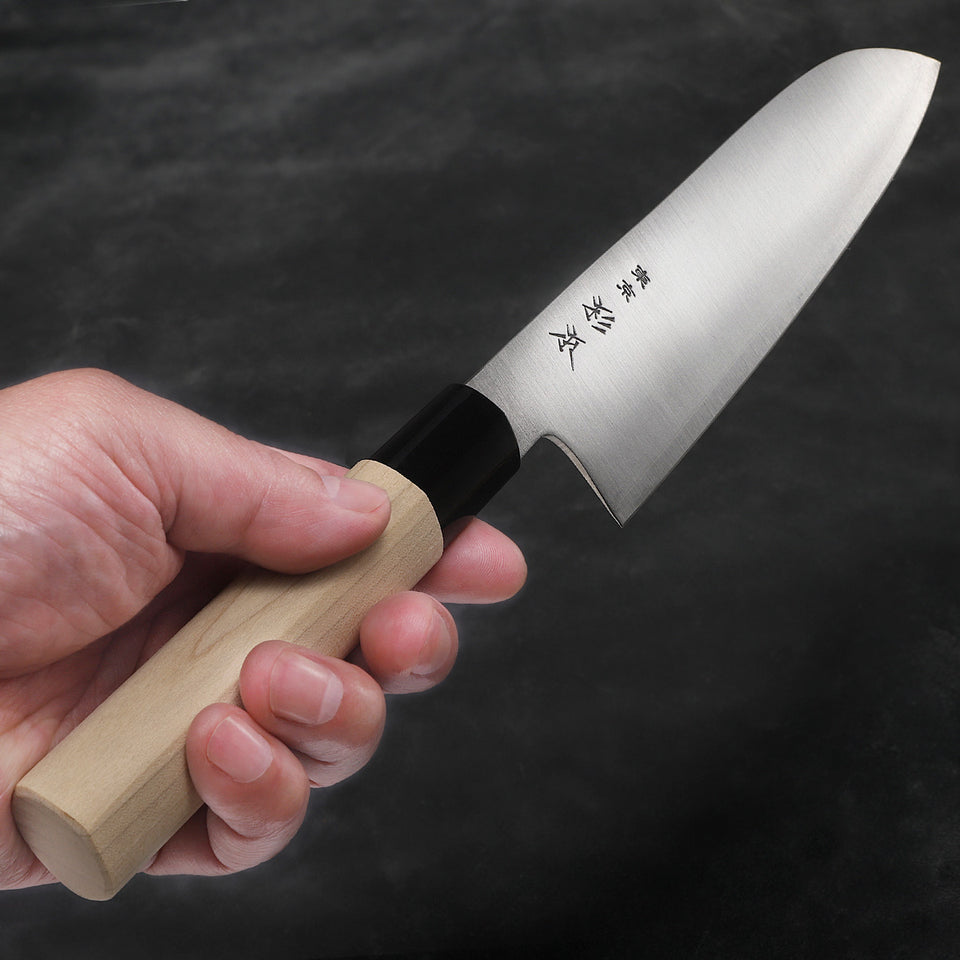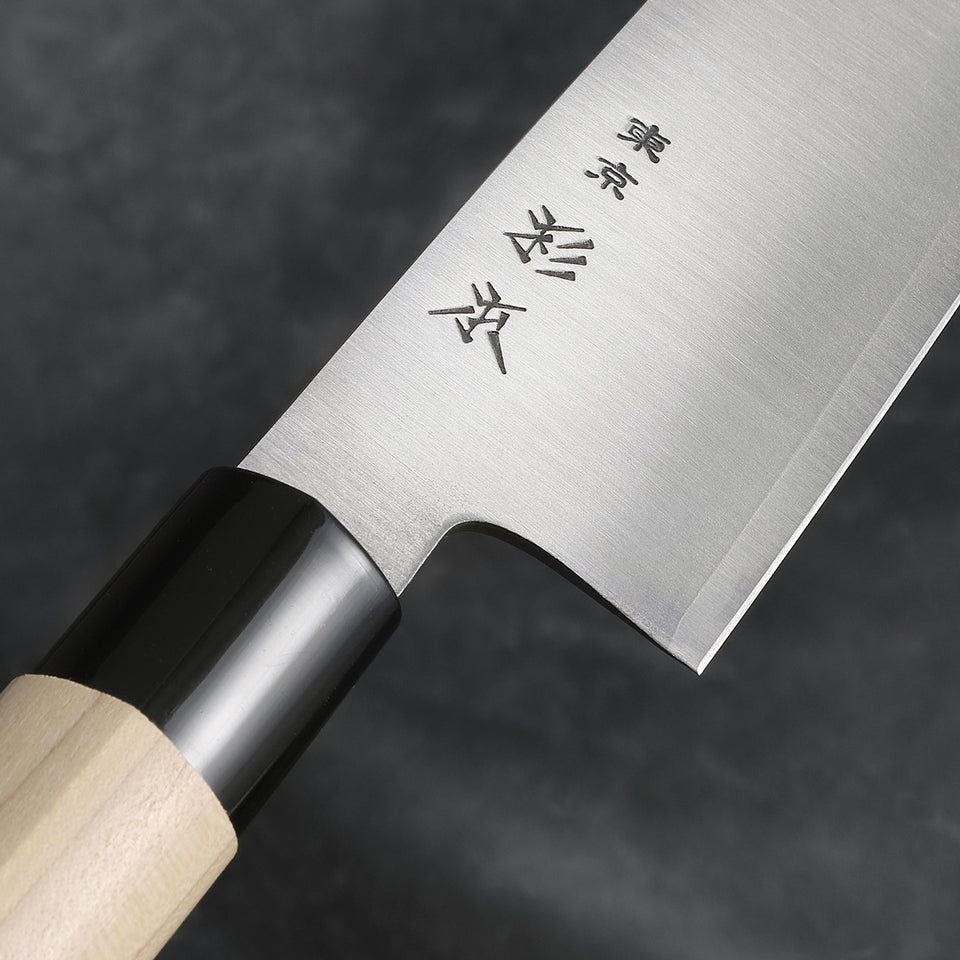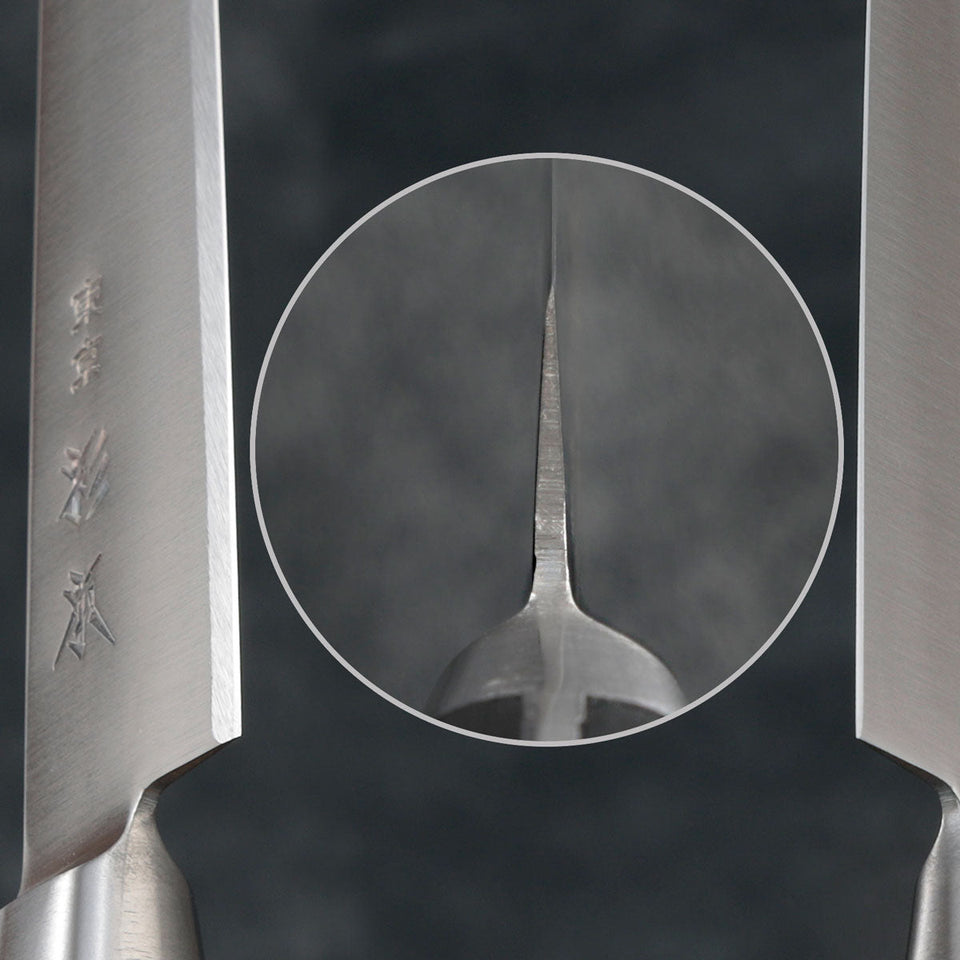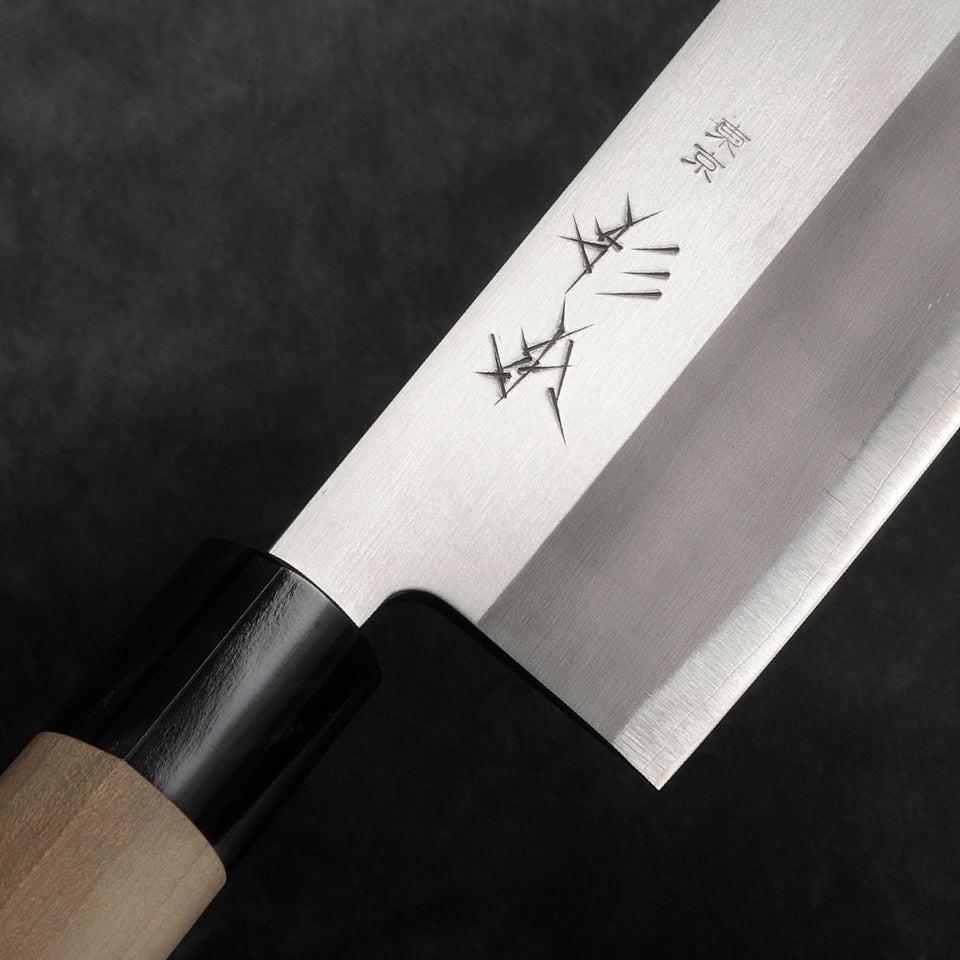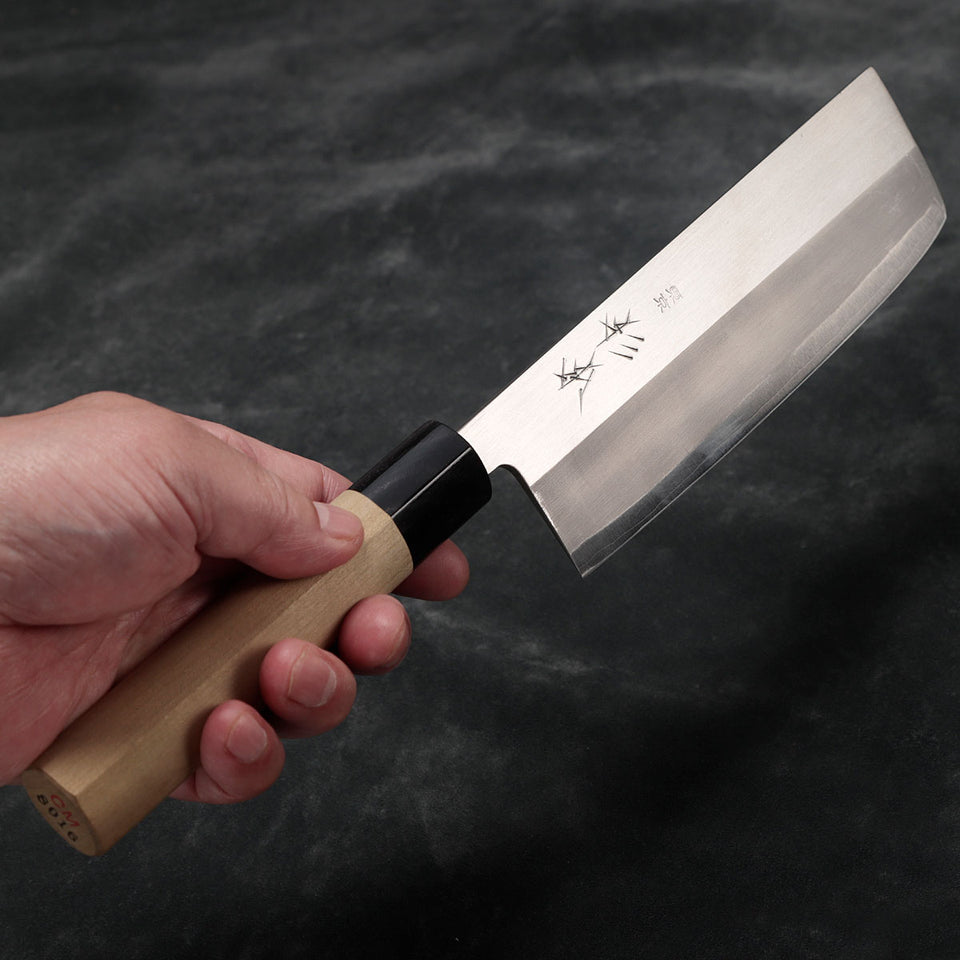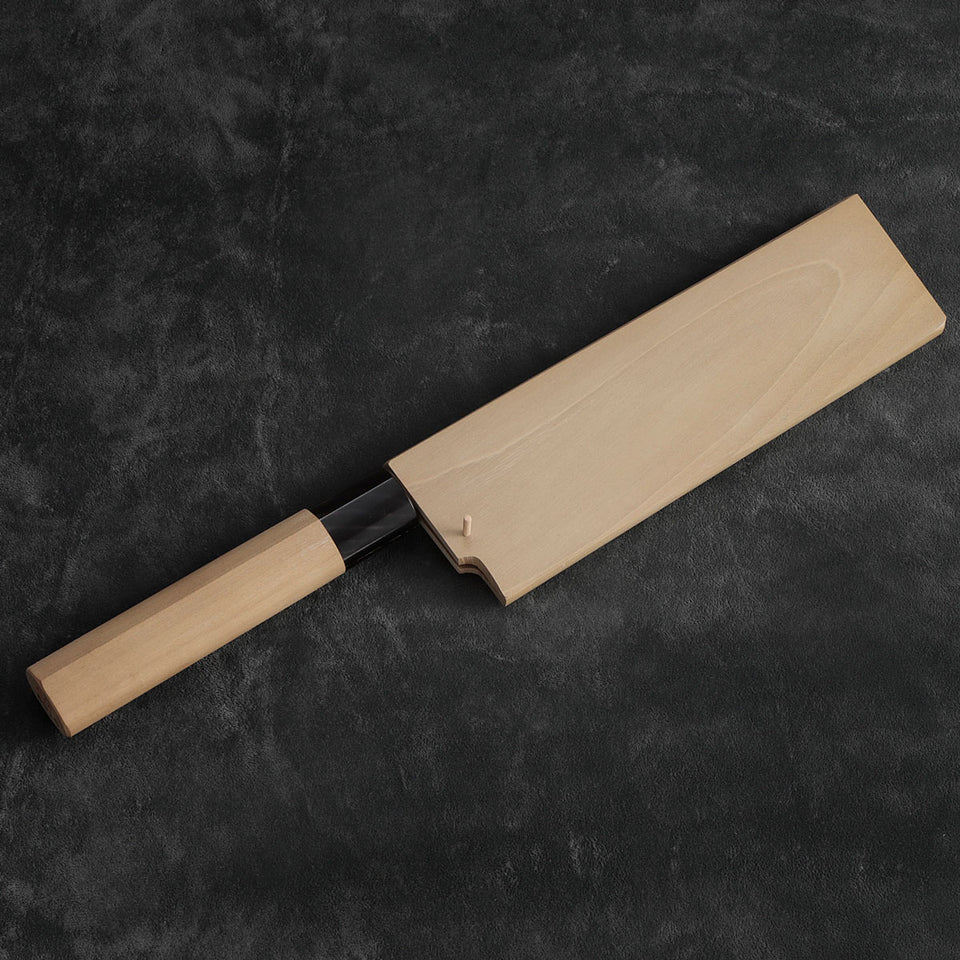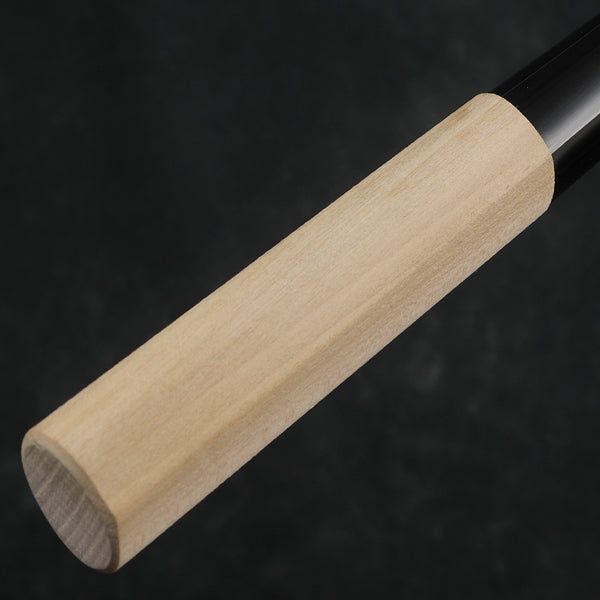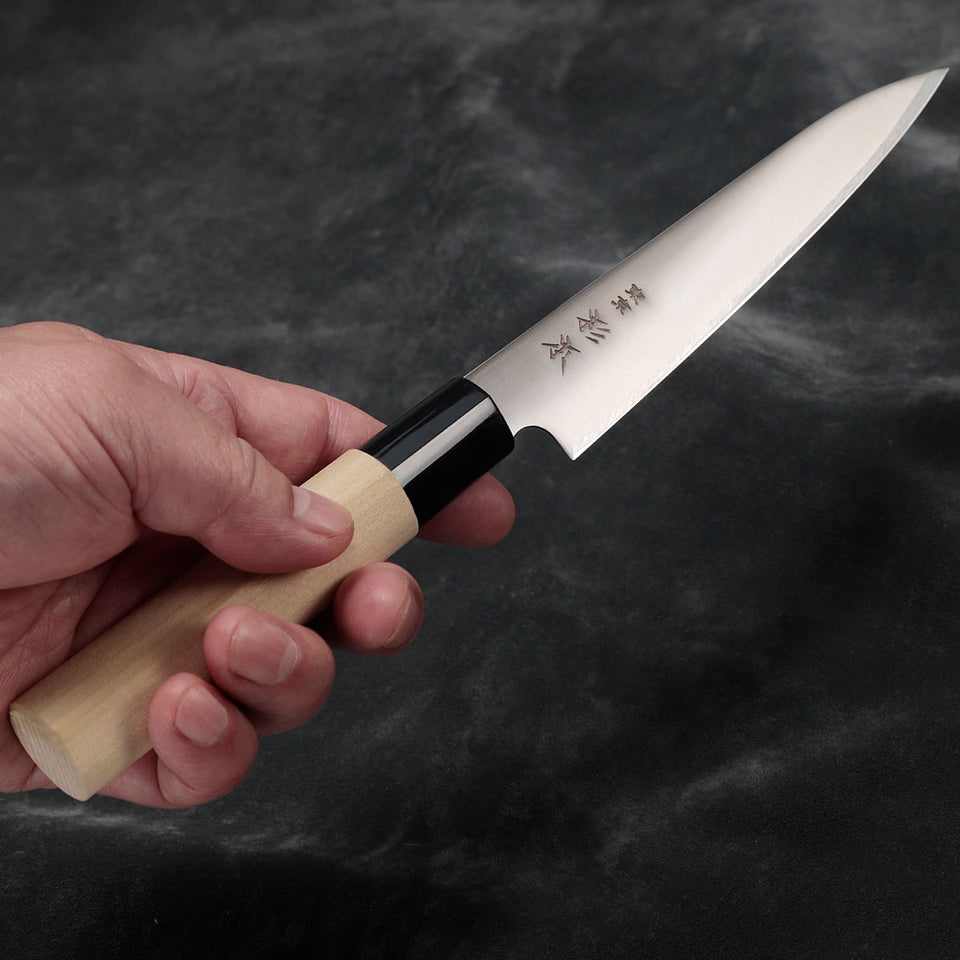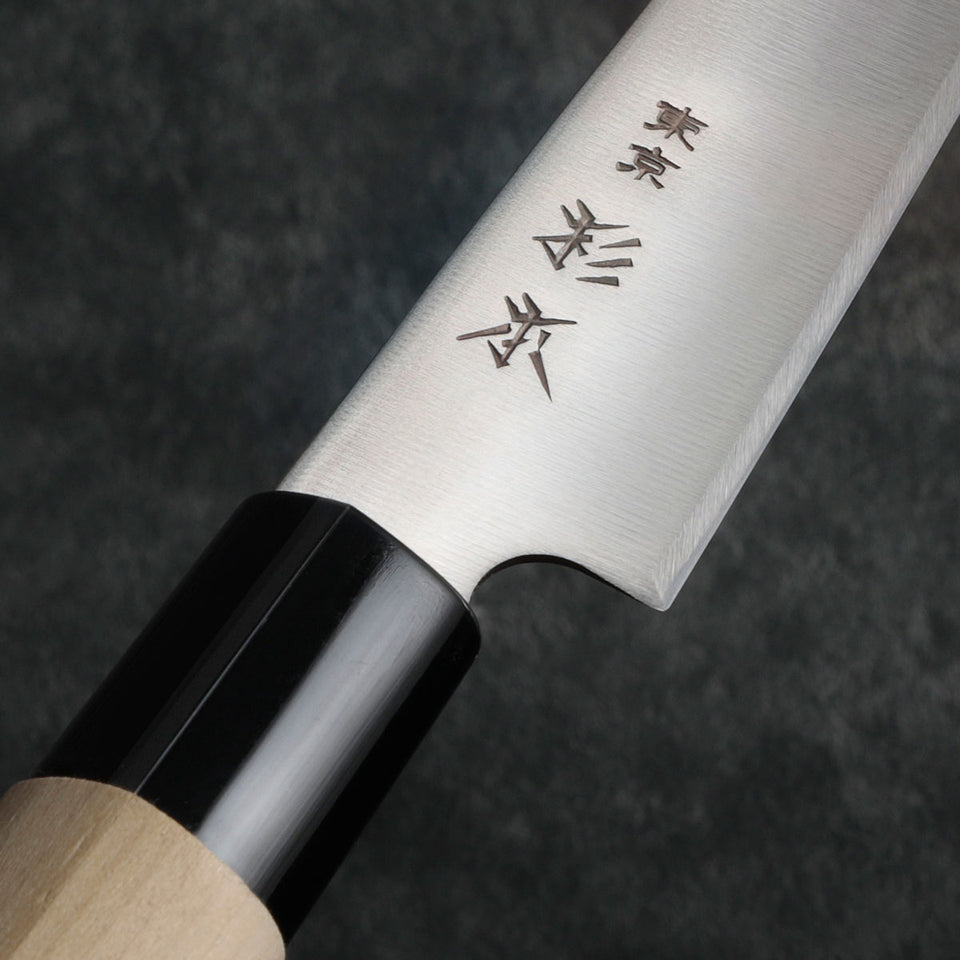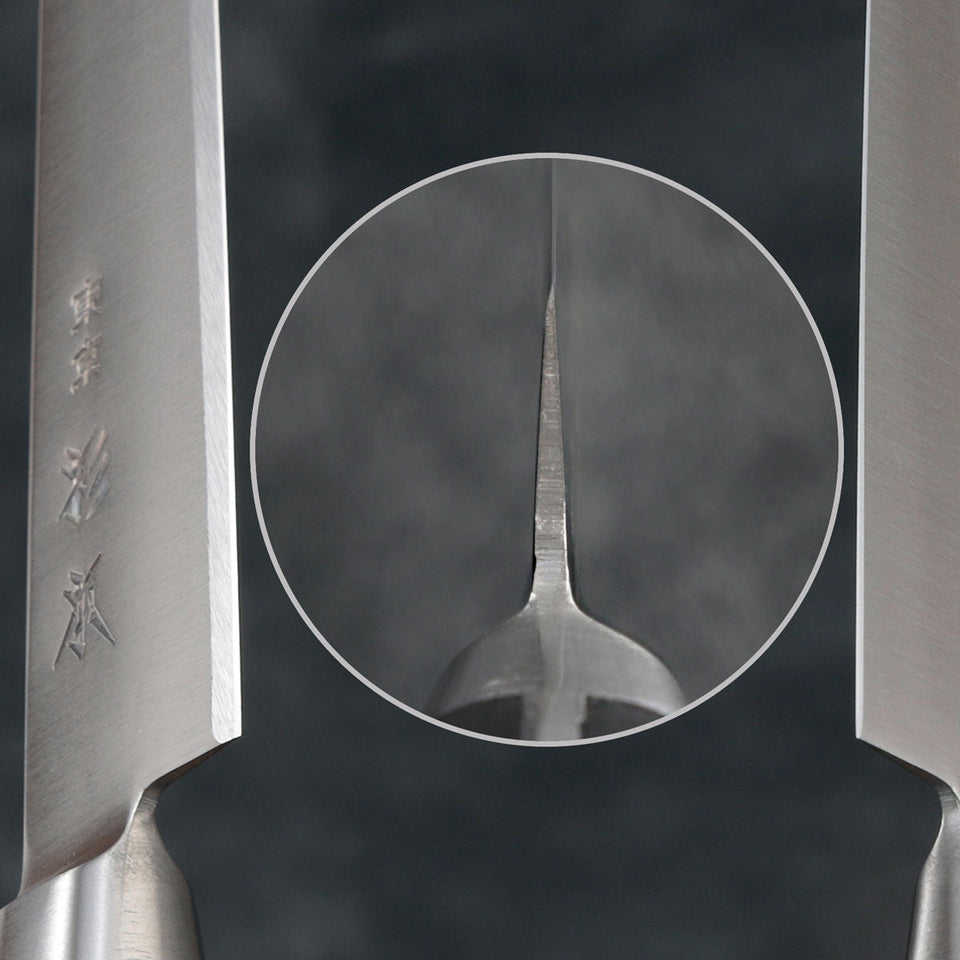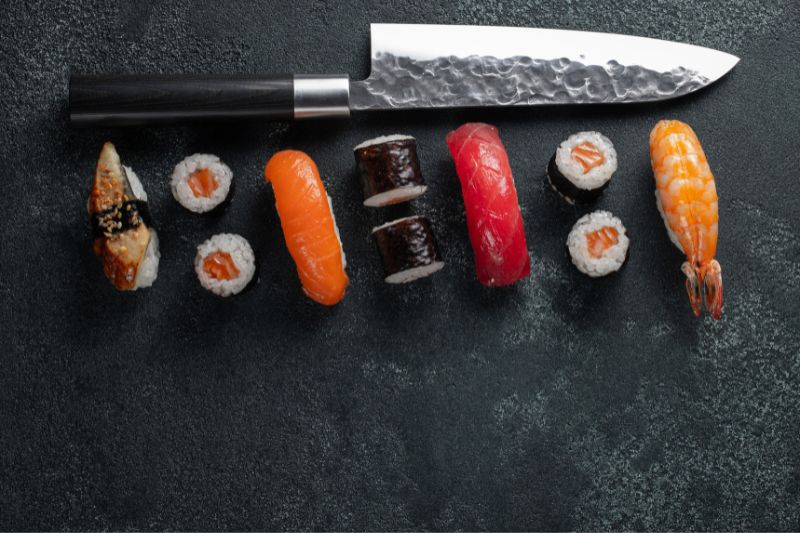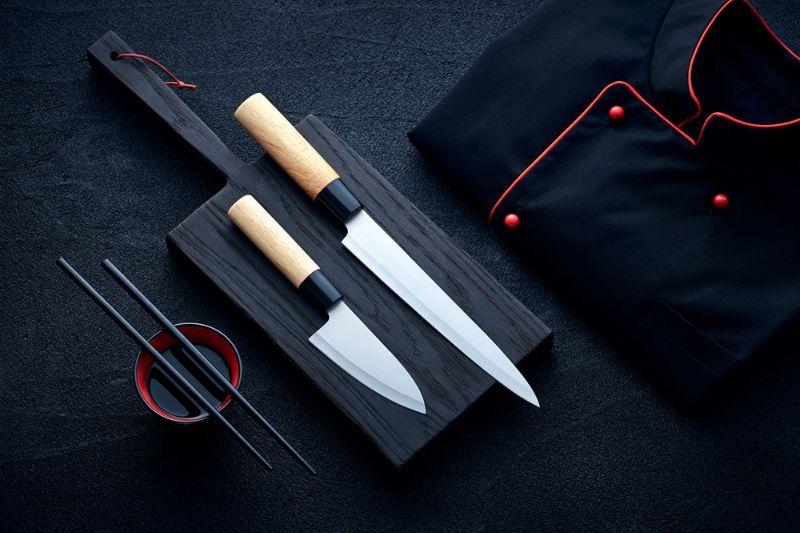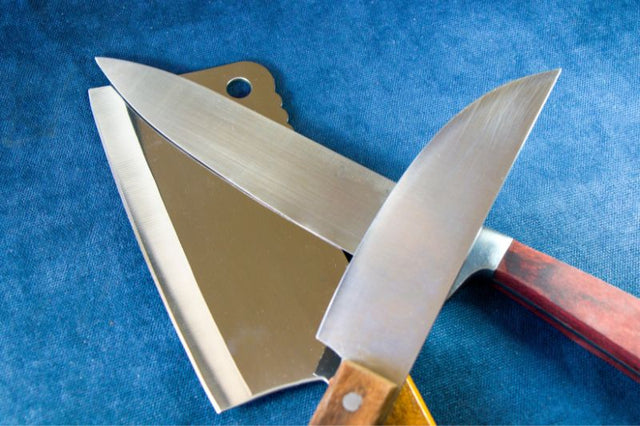Japanese knives are known for their exceptional quality, sharpness, and precision and are highly sought after by home cooks and professional chefs alike. If you're thinking about buying a Japanese knife, here are the reasons why it is worth it to buy one:
1. High-quality materials
Japanese knives are known for their high-quality steel and blade construction, typically made with harder steel and layered to create a sharper edge. The specific type of steel used can vary depending on the maker and the type of knife, but some common types include Carbon, Stainless, Damascus, and High-Speed Steel.
2. Precision and sharpness
Japanese knives are designed to be incredibly sharp, with a thinner blade that can make more precise cuts than other types of knives. Japanese knives can be made with a single bevel (used for more precise cuts) or a double bevel (used for more general cutting tasks). Please see this link to read more about it. The blade can also be either forged (made by heating and hammering the steel) or stamped (cut from a sheet of steel).
3. Versatility
Many Japanese knives can be used for various tasks, from slicing vegetables and fruit to cutting meat and fish. Here are some of the most versatile Japanese knives: Gyuto, Santoku, Nakiri, Petty, and Deba.
4. Durability
Due to the high-quality materials used in their construction, Japanese knives are known for their durability and longevity.
5. Lightweight
Compared to many Western-style knives, Japanese knives are often lighter, narrow, and tapered, which also helps to reduce weight while maintaining cutting performance, making them easier to handle and use for extended periods.

6. Ergonomic design
Japanese knife handles can be made from various materials, including wood, plastic, and composite materials. They often have an ergonomic design that makes them comfortable to hold and reduces hand fatigue. In traditional Japanese knife-making, handles are usually made from natural materials such as wood, which can be shaped and sanded to create a smooth, comfortable surface. Our Japanese-style knife is made with magnolia wood. Please read more about this.
The handle may also be wrapped in a layer of fabric or other materials to improve grip and prevent slipping. In addition to providing a comfortable grip, an ergonomic handle can enhance the user's control over the knife. A sturdy handle is essential for tasks requiring high precision, such as chopping herbs or filleting fish.
7. Aesthetics
Japanese knives are often beautifully crafted and designed with attention to detail, making them aesthetically pleasing and functional.
8. Tradition and craftsmanship
The art of Japanese knife-making has been passed down for generations, and many knives are still handcrafted by skilled artisans.
9. Unique styles and shapes
Japanese knives come in a variety of styles and shapes, each designed for specific tasks, which can make them a unique addition to your kitchen.
10. Investment
While Japanese knives can be more expensive than other types of knives, they are often considered an investment due to their quality, durability, and ability to last for years with proper care.
When buying a Japanese knife, it's important to consider your specific needs, preferences, and budget. You can also read reviews and consult experts to help you buy a knife that suits your cooking.
Get Free Bonus Books

Sign up for free to the Japanese Knife Club to get advice and exclusive articles about how to choose Japanese Knives, and tips and tricks for using Japanese knives.
About the author
Kei Nishida
Author, CEO Dream of Japan
Certification: PMP, BS in Computer Science
Education: Western Washington University
Kei Nishida is a passionate advocate of Japanese craftsmanship, a writer, and the founder and CEO of Japanese Knife Co., Japanese Green Tea Co., and Japanese Coffee Co., all part of Dream of Japan.
His journey began with a mission to introduce the world to the exquisite flavors of Japanese green tea. Through Japanese Green Tea Co., he pioneered the import of premium tea grown in nutrient-rich sugarcane soil, earning multiple Global Tea Champion awards. He then expanded into the world of coffee, launching Japanese Coffee Co., the first company to bring Sumiyaki charcoal-roasted coffee to a global audience.
With a deep appreciation for Japanese artistry and tradition, Kei turned his attention to one of Japan’s most revered crafts: bladesmithing. Through Japanese Knife Co., he made handcrafted katana-style knives, created by a renowned katana maker, available outside Japan for the first time. These exceptional knives embody centuries of samurai sword-making expertise, blending tradition with modern functionality for chefs and collectors alike.
Kei’s journey continues as he uncovers and shares Japan’s hidden treasures—one sip, one blade, and one legacy at a time.


